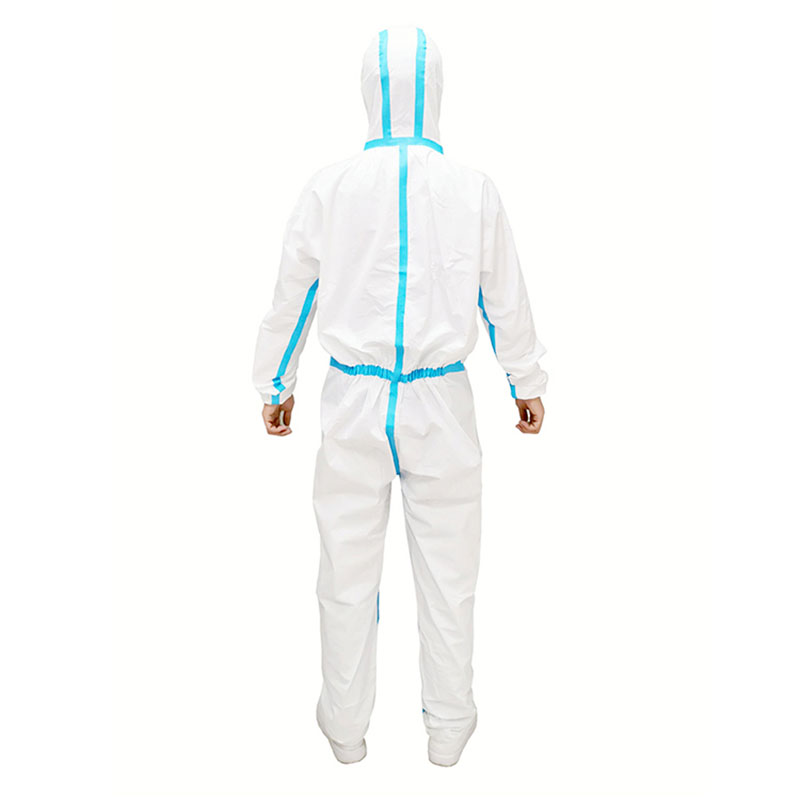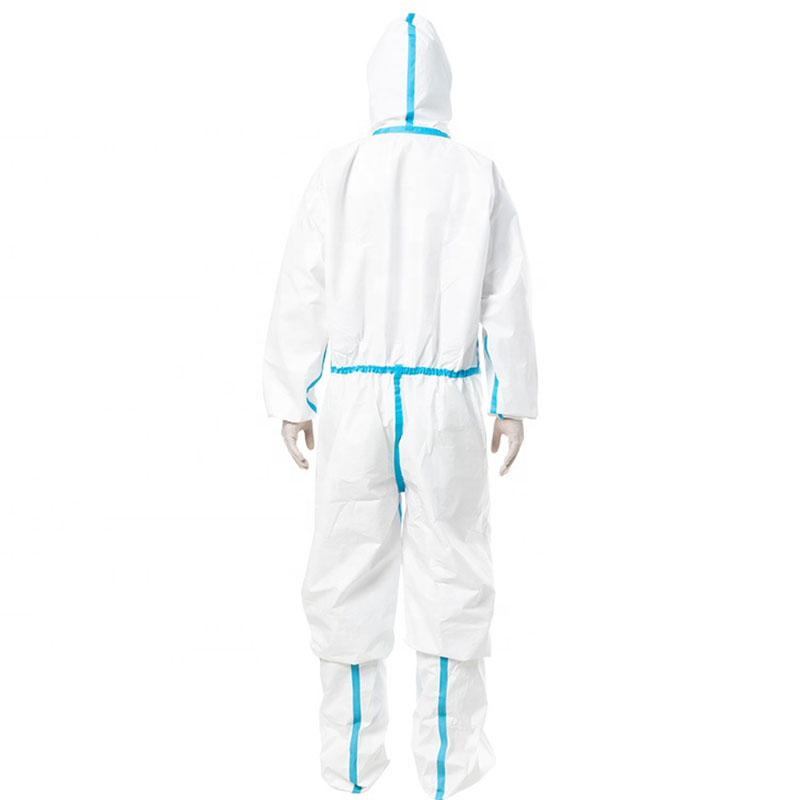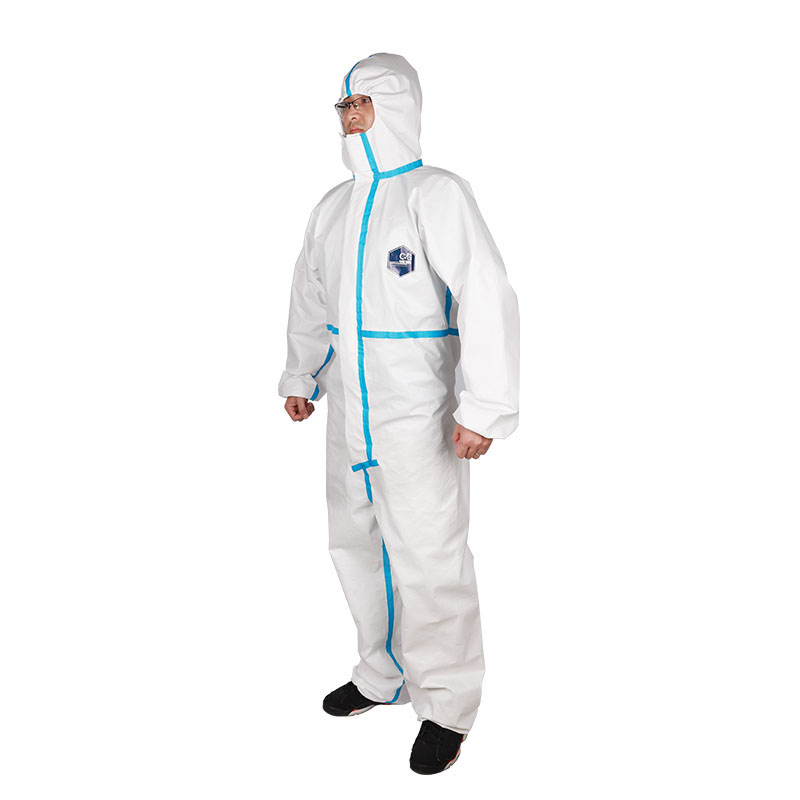1. Asexual reproduction. The dwarfing effect can be achieved by using vegetative propagation methods such as grafting, cuttings, and layering, shortening the flowering stage, reducing plant height, and compacting the plant type. Grafting can be achieved by selecting dwarfing varieties for dwarfing. The cutting height can be determined by considering the cutting time. For example, chrysanthemums can reach dwarfing and control lodging in late July. In addition, the planting of tall dahlias can be planted in pots with a diameter of more than ten centimeters with the budding method. The plant height is only limited by the size and color of the flowers. 2. Prune trim. Through shaping, when the plant is young, the main branch is removed to promote its germination, and then too many poorly-developed lateral branches are cut off to achieve fullness of the plant type, low plant height and improved ornamental quality. Roses, rosettes, azaleas, and foliage are used for dwarfing. 3. Control fertilization. The timely application of phosphorus and potash fertilizer to potted plants, less nitrogen fertilizer, and control of vegetative growth of plants to achieve dwarfing. 4. Artificially curved. Artificially distort the branches, obstruct the passage of the plants, slow the growth of the plants, and reach the low and low plant types. Generally used in the production of small bonsai more. 5. Other measures. Other dwarfing methods such as chrysanthemum use dwarf buds to achieve dwarfing, daffodils dwarfs by acupuncture, sculpting to destroy growth points. High-quality potted plants require short, compact plants, stout stems, and luxuriant flowers. It is not enough to adopt dwarf cultivation methods alone. It is necessary to supplement hormones to inhibit dwarf plant growth. Commonly used hormones include paclobutrazol (PP333), DPC, B9, and CCC. 1. With 40-80 mg/kg paclobutrazol applied to a series of red plants, the internodes can be shortened, the leaf area can be reduced, and the color of the leaves can be deepened, thus changing the stringiness of the red plants and the sparsely grown leaves. The phenomenon of serious feet increases the ornamental value. In addition, PP333 is also commonly used in dwarfing flowers such as snapdragon and chrysanthemum. 2. The treatment of a series of red plants with 100 mg/kg of salicylamine resulted in a 26% reduction in plant height and shorter stem sections, increased number of branches, and improved ornamental quality. 3. With 1500-6000 mg/kg B9, the vegetative growth of morning glory can be inhibited, making it 61.5%-67% dwarf during vegetative growth and 40.5% dwarf at full flowering stage, thus making the plant type dwarf and the branches and leaves compact. Flowering is concentrated. 4. To inhibit the vegetative growth of petunia flowers with 2500-10000 mg/kg of chlormethorine, which can make the plant type dwarf and enhance ornamental quality. Some flowers can also be used to alter the growth of plants through radiation treatment to achieve dwarfing. For example, treating narcissus bulbs with r-rays can control daffodil growth and dwarf narcissus plants. Treating canna with Cobalt 60 can reduce canopy height by 30 to 50 centimeters and increase ornamental value.
Medical protective clothing refers to the protective clothing used by medical personnel (doctors, nurses, public health personnel, cleaning personnel, etc.) and people entering specific medical and health areas (such as patients, hospital visitors, personnel entering infected areas, etc.). Its function is to isolate germs, harmful ultrafine dust, acid and alkaline solutions, electromagnetic radiation, etc., to ensure the safety of personnel and keep the environment clean.
protective clothing,personal protection,disposable surgical protective clothing Shanghai Rocatti Biotechnology Co.,Ltd , https://www.ljdmedical.com

